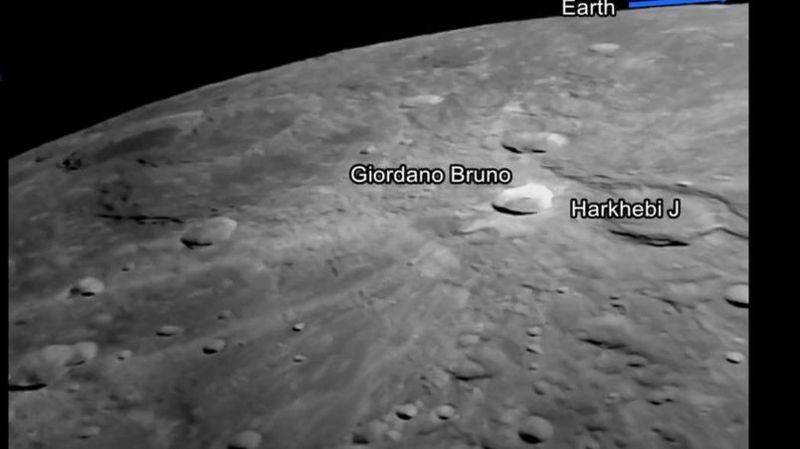The Russian Federal Space Agency (Roscosmos) announced today, Sunday, that the Russian spacecraft Luna-25 has crashed on the Moon's surface after entering an uncontrollable orbit. Roscosmos stated, "The spacecraft moved to an unpredictable orbit, and its presence was interrupted as a result of a collision with the Moon's surface." It appeared that the first Russian space mission to the Moon in 47 years was on the verge of failure after Moscow reported a problem in transitioning the Luna-25 probe to orbit before the landing operation. Roscosmos explained that an "abnormal situation" occurred when control devices attempted to transfer the spacecraft to orbit yesterday, Saturday, before the scheduled landing tomorrow, Monday. They stated briefly, "During the operation, an abnormal situation occurred on board the automatic station, which did not allow the operation to be executed according to the specified standards."
The failure of a mission that carries Russian pride will highlight the decline of Russia's space capabilities since its glory days during the Cold War competition, when Moscow was the first to launch a satellite, Sputnik 1, in 1957. The Soviet cosmonaut Yuri Gagarin also became the first human to travel to space in 1961. Russia has not attempted a lunar mission since Luna-24 in 1976 during the rule of Leonid Brezhnev.
On the other hand, the Indian Space Agency released the latest images of the Moon's surface, taken by the country's third lunar mission, which seeks to be the first nation to land near the unexplored lunar south pole. The lander “Vikram,” part of the “Chandrayaan-3” spacecraft, captured those images, and yesterday “Chandrayaan-3” began the final phase of its space mission. Vikram, which carries a rover, is scheduled to land near the Moon's south pole on August 23. Yesterday, the lander separated from the propulsion unit near the Moon. The black-and-white images show close-ups of rocks and craters on the Moon's surface, with another image showing the propulsion unit.
While the Indian spacecraft “Chandrayaan-3” is expected to land next week, the Russian “Luna-25” spacecraft crashed today before reaching the Moon's south pole. Nevertheless, India will remain the fourth country to successfully achieve a soft landing on the Moon's surface, following the United States, the former Soviet Union, and China. The Indian Space Research Organization (ISRO) told the BBC that the lander “Vikram” began its descent to low orbit.
This comes 13 years after the country's first lunar mission in 2008, which discovered water particles on the dry lunar surface and proved that the Moon has a daytime atmosphere. In July 2019, Chandrayaan-2 was launched, which also carried an orbiter, a lander, and a rover, but only achieved partial success. The orbiter continues to orbit and study the Moon to this day, but the lander and rover failed to land softly and crashed during the landing process.
The lunar south pole remains largely unexplored, as its dark surface area is much larger than that of the lunar north pole. Scientists believe this indicates the potential presence of water in permanently dark regions. One of the primary objectives of the Indian and Russian space missions is to search for water ice, which scientists say could support the idea of human habitation on the Moon in the future. The water ice could also be used to supply spacecraft heading to Mars and other distant destinations with fuel.




